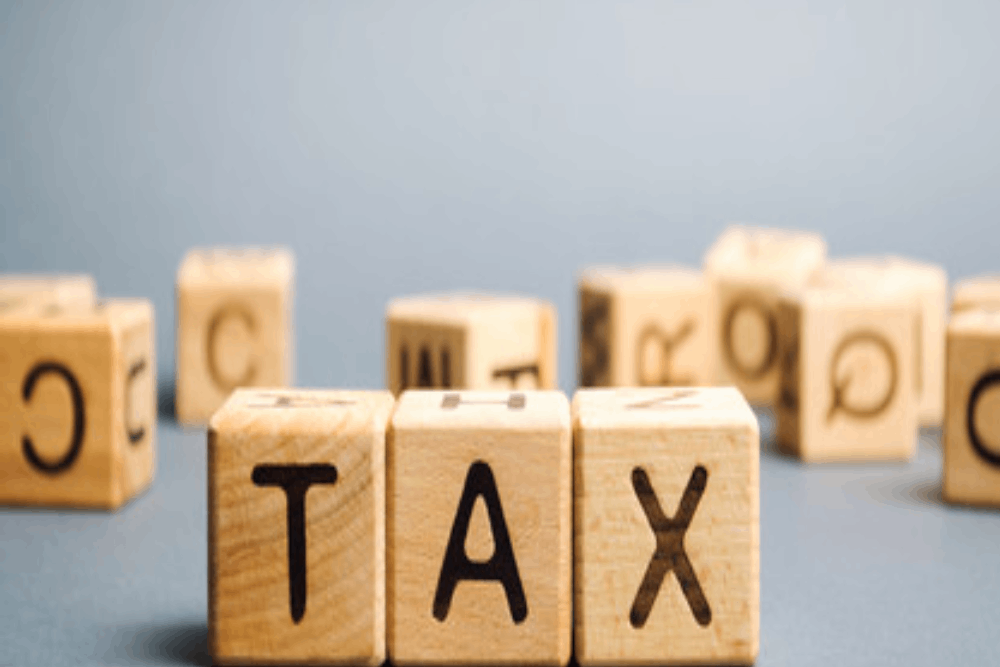Ask yourselves a question: would you drive a car blindfolded? I sincerely hope that you answered that question with a firm no. Now ask yourself another question: how is your business going today? If you cannot answer that question with complete confidence then you are driving a car blindfolded.
We have all heard the stories around poor financial health and record keeping leading to businesses ultimately failing. You need to have adequate business records to enable an understanding of your business today, tomorrow and in the future. A better understanding today, will ultimately lead to stronger cash flow tomorrow. This is where your chart of accounts becomes vital to the overall success of your business. I often speak with business owners that are constantly checking the bank to monitor their business without making any reference to the chart of accounts, this is a mistake.
The chart of accounts refers to the list of accounts in your accounting software and it is the backbone of any accounting system. A concerning amount of business owners overlook the importance of keeping a tidy, functioning chart of accounts, not realising that every single business transaction they make must pass through and be recorded in these accounts. In turn, it is these accounts that are used to generate financial statements used by owners, banks, and external third parties.
The whole point of tracking your data like this is so that you can make comparisons over time that allow you to make good, informed decisions. If you do not have consistent record keeping, you will be relying on data that could be inaccurate, which in turn results in poor performance.
You will see the standard accounts are listed under either assets, liabilities, equity, revenue or expenses. The accounts can then be broken down into further subheadings e.g. for the’asset’ category you could have cash and cash equivalents, stock, receivables, fixed assets, goodwill and intangibles just to name a few. At any one time you could have hundreds of different accounts in your chart, which is why it is important to set these accounts up under the right headings from the start.
The use of’tax codes’ for GST are also incorporated into many accounting software packages and your chart of accounts. These are used to produce reports that would populate the Business Activity Statement (BAS). This adds another dimension to setting up the chart of accounts as adding the additional tax reporting can be complex, however, when done correctly it will make your tax liabilities and position much more transparent which is important for future planning.
The world has moved on from the old days of desktop software into cloud based products that place a greater focus on the specific category of the account i.e. asset or liability. Accounts used to be categorised and searched for by using specific codes that would group accounts in order which was a tedious task that required unnecessary time and effort. Nevertheless, you will find that programs still require a code to be added to each account as a secondary grouping option.
The key to a good set of accounts is to capture the revenue and cost centres. I often see business owners that have a singular’cost of sales’ account for multiple revenue sources. This account effectively becomes a concoction of expenses that cannot be separated. Think of trying to separate water and cordial, impossible. The main reason I see this is quality data takes time and effort, it is easy when times are good for us to turn a blind eye. Due to the current stagnant economic conditions, many business owners are looking to rein in and tighten the belt across costs. Unfortunately, it is difficult to undertake a quality review because they do not know the specific issue. Having the necessary resources whether it be additional personnel supporting the CFO, such as bookkeeping once a week, is central to the performance of the business.
A well-built chart of accounts will help in providing consistent data overtime. The successful businesses I see are able to show at the click of button, the key performing areas and the ones that are a concern. This boils down to the in-depth level at which the chart of accounts is prepared. If there are only a small number of broad accounts it will be difficult to understand why a loss is arising. As mentioned previously the businesses with a singular’cost of sales’ account are unable to make informed financial decisions.
Now, for most family businesses, the chart of accounts will evolve over time, particularly when you are first start out and still working out the true revenue and expenses of the business. Over time, though, you should aim to get a custom chart of accounts locked down, so that you can start building up enough data that you can make informed and accurate comparative decisions.
The bigger the business becomes the more accounts will be necessary to capture the data correctly. This can lead to a large list of accounts that can seem incomprehensible. The keys are to make sure you archive accounts once they become obsolete. This will stop any confusion when data is being reconciled. The other is to make sure that the reporting layouts are tailored to the specific needs of the user. Most programs allow multiple layouts to be prepared.
The ability to maintain a consistent chart is becoming ever so important with the implementation of AI and machine learning. Programs such as Xero are beginning to integrate machine learning that can predict patterns when transactions are allocated to specific accounts. This new technology can only work if a consistent approach is taken. In addition, it has been floated by the Australian Tax Office that a standardised chart of accounts could be introduced across all business in the future to replace business tax returns and activity statements.
It is difficult to play around with additional add-ons without having the basics right. The chart of accounts needs to be in working order to be able to implement additional software programs. This could be a CRM, project management software or cash flow forecasting tool, but it is important to walk before you run.
The importance of a properly thought out chart of accounts is imperative to maintaining good record keeping and financial management of your business. To quote Hunter S. Thompson, “Anything worth doing, is worth doing right.” So when it comes to your business, do not drive blindfolded.





